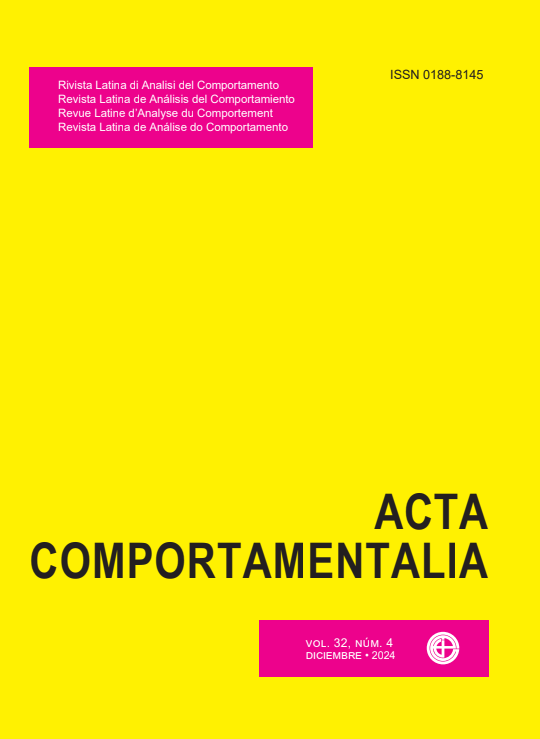Possible Dialogues between Radical Behaviorism and Maturana and Varela's Biological Epistemology
DOI:
https://doi.org/10.32870/ac.v32i4.88497Keywords:
Skinner, Maturana and Varela, behavior analysis, radical behaviorism, biological sciences, behavior, autopoiesisAbstract
Although Skinner and other authors argue that behavior analysis is a natural science within the domain of biological sciences, the dialogue between radical behaviorism and other epistemological proposals in Biology is infrequent. The objective of this essay is to reduce this gap by seeking possible approximations between Skinner's philosophy and the biological epistemology of Maturana and Varela. Regarding the points analyzed, more convergences than divergences were found between these authors. Starting with the naturalistic and monistic proposition of Behavior Analysis and Biology, expressed by the statement that living beings, human and non-human, have only one nature, biological. They share a dynamic notion of organism and environment interacting and continually changing, with this change having its limits in the structure of the organism. They also agree that Psychology and Biology are independent but complementary sciences, with clear divisions of tasks between them: while Psychology studies the processes of interaction between the organism and the environment (behavior), Biology studies the structural conditions of the organism that sustain behavioral relationships with the environment. A discrepancy was found between Skinner's notions of selection by consequences and Maturana and Varela's notions of natural drift. While Skinner based himself on the process of natural selection proposed by Darwin at the end of the 19th century, Maturana and Varela started from natural drift, one of the processes adopted by more recent biology to explain the evolution of species. However, despite this divergence, they are close in terms of their evolutionary view of living beings. It is hoped that this essay can contribute to further research into Skinner's possible dialogues with Maturana and Varela, helping to strengthen ties between behavior analysis and other areas of research in the biological field. It is in the complementarity between the various sciences that we will have a better chance of mastering our object of study.
Downloads
Downloads
Published
How to Cite
Issue
Section
License

<a rel="license" href="http://creativecommons.org/licenses/by-nc-sa/4.0/"><img alt="Licencia de Creative Commons" style="border-width:0" src="https://i.creativecommons.org/l/by-nc-sa/4.0/88x31.png" /></a><br />Este obra está bajo una <a rel="license" href="http://creativecommons.org/licenses/by-nc-sa/4.0/">licencia de Creative Commons Reconocimiento-NoComercial-CompartirIgual 4.0 Internacional</a>.






